We tend to see track as a collection of parts that are treated individually. We prepare the roadbed, then lay the ties. Perhaps staining or painting the ties comes before the rail, while the process of ballasting comes at any time.
The actual mechanics of laying track are less important than how we think about the subject. Do you see laying track as a necessary evil to rush through, a subject worthy of time and thoughtful consideration or just something to get the train from one end of the room to the other? How we view the craft itself plays a large part in how we approach the various aspects within it. I recently read this line: “We all accept reality as it’s presented to us.” For many, that reality is to seek the cheapest shortcut available, rather than see the opportunity that is in front of our eyes.
The mechanics and techniques for modeling anything are usually straightforward and can be mastered with time and practice. More difficult is learning to put our preconceptions aside and see a subject clearly and truthfully, as it is. What does track (or any subject) actually look like? Can that elusive and subjective nature be captured convincingly in a model?
These are among the questions artists and creative people wrestle with every time they approach the work. I believe they are no less relevant for modelers and our work. To me they are the fuel that can propel a lifetime of creative work.
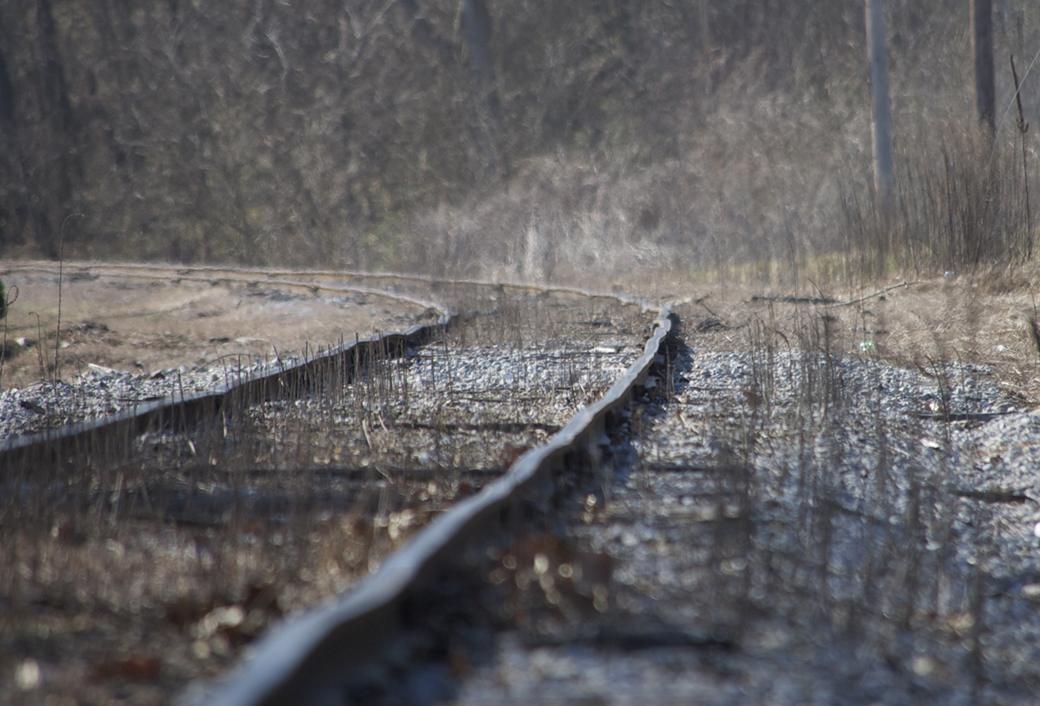
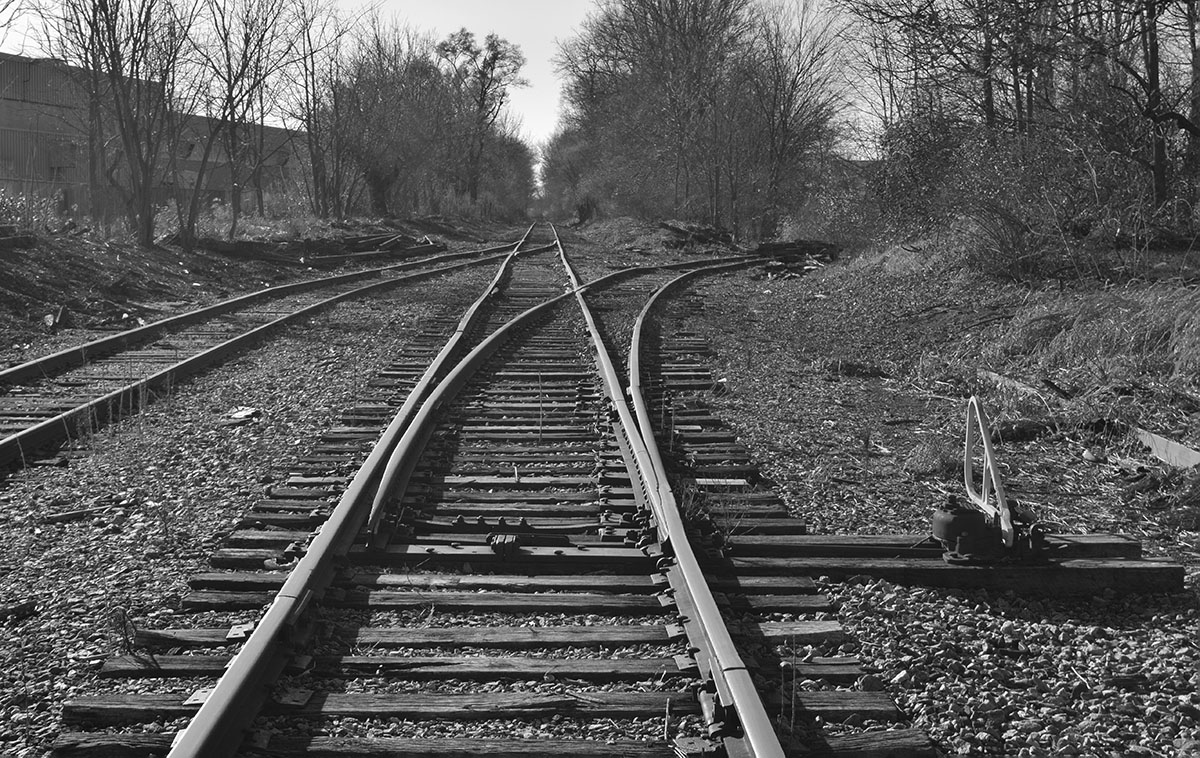
What speaks to you in these images? Whatever it is, model that. (Photo below.)
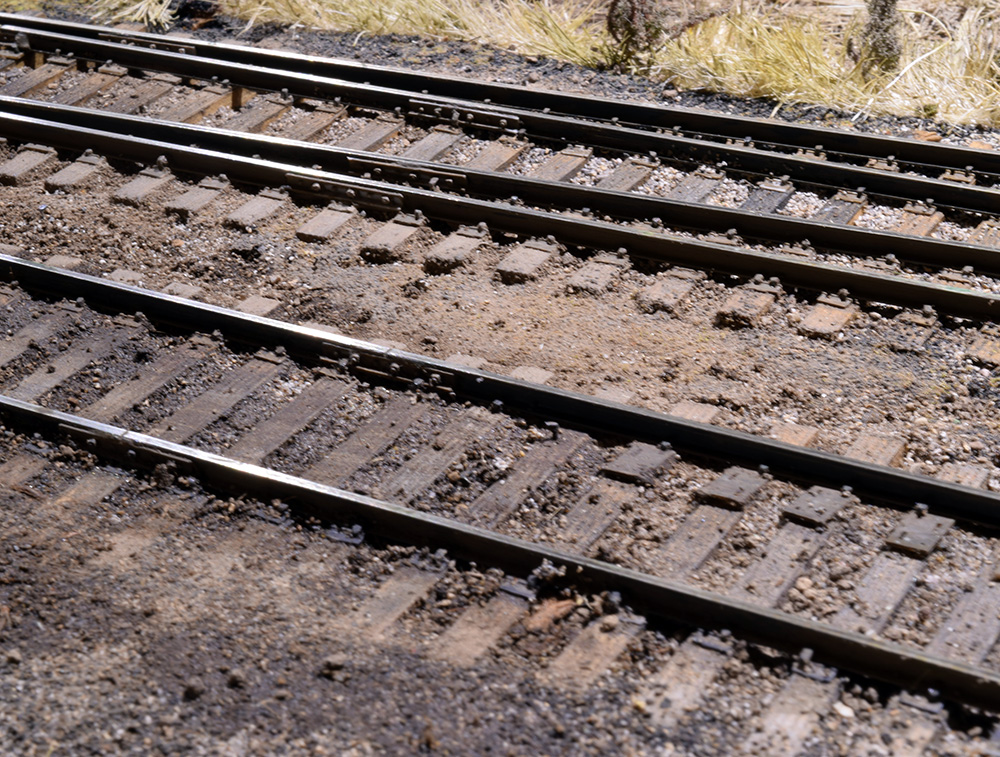
When I look at track, I see an amazing array of colors, textures and flowing lines. I see a relationship to the landscape around it; the way it can stand apart from the earth or blend in with time and neglect. In familiar places, I see the history of the past in the empty spaces where other tracks or structures once stood.
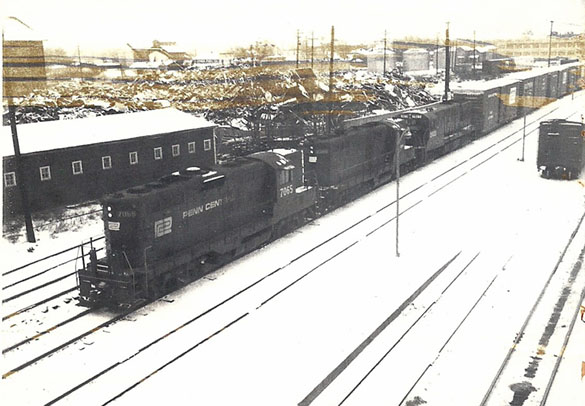
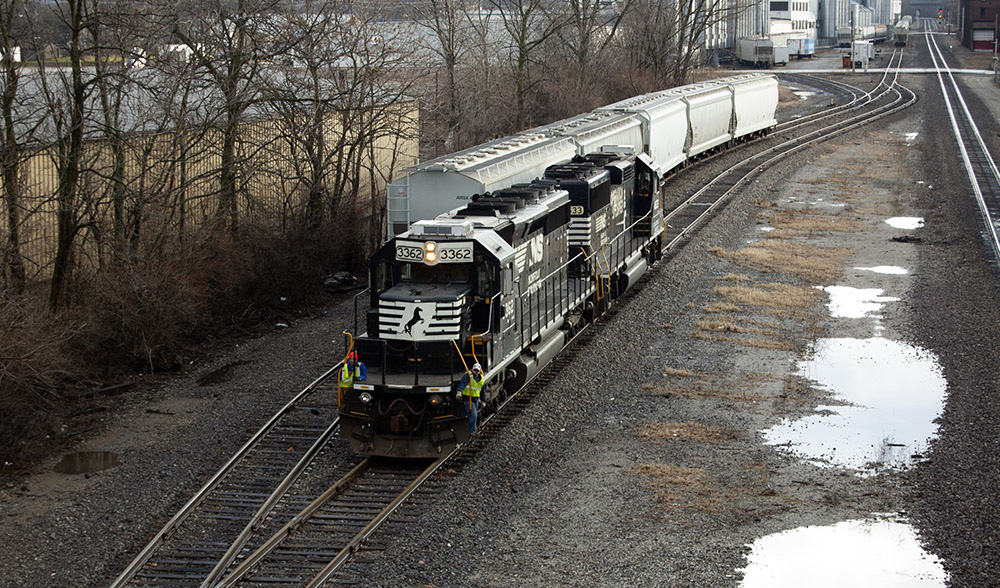
Things change. Two photos taken fifty some odd years apart show there was more track in this area. Notice also how the surrounding landscape has changed too. While many will miss the variety found in the older photo, there is a grace and simple beauty to be found in the scene today (below).
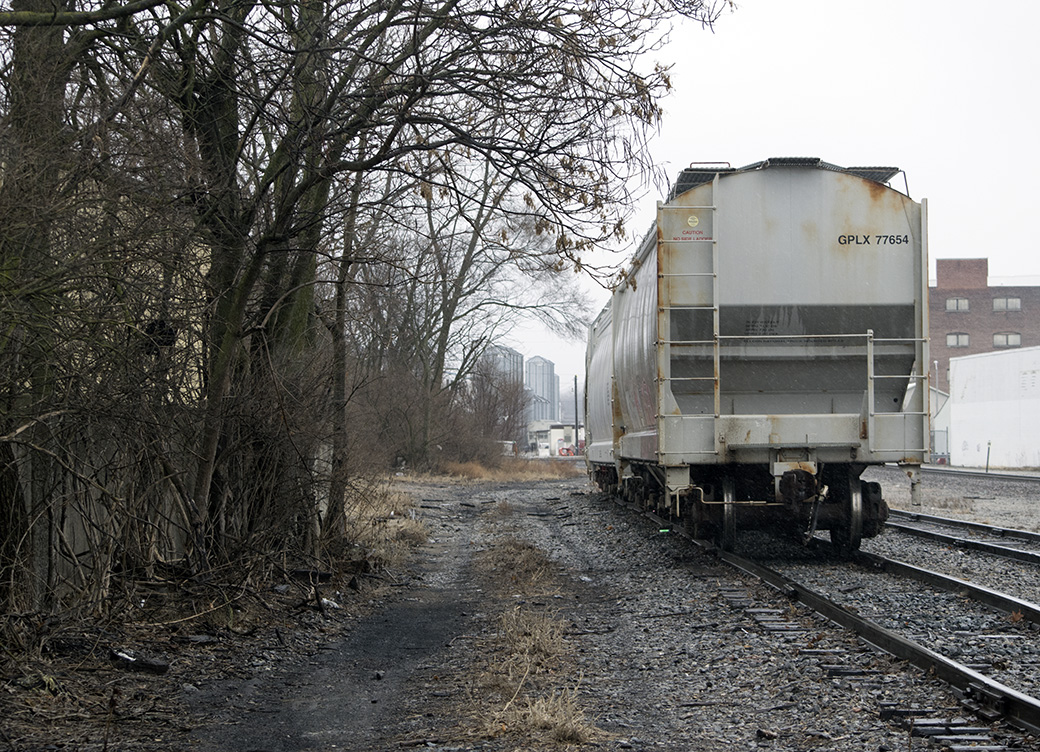
Track modeling relaxes me. It’s one of those activities where I put on some music and time disappears. The tools are simple and the work can be resumed quickly after a break.
I feel complacent with my modeling recently. While track is something I’ve gained a degree of skill with, it’s easy to take that knowledge for granted.
The work has become predictable, even formulaic and I don’t like that. I want to put my own preconceived ideas aside and let the subject speak. I want to go back to the beginning and look again with fresh eyes. In the coming days I want to spend time near the tracks with a sketch book more than a camera. I feel as though I’ve only scratched the surface of what I believe is possible in modeling track and I hope you’ll find something useful from my explorations for your own work. More to come next time.
Regards,
Mike
I’d like to capture more of the variations. Track repairs, differing tie plates, fresh ties, destroyed ties, misaligned ties, the spikes that are sticking up, the debris, sand piles, divots in the rail.
Yes Greg! All of those and more. – Mike